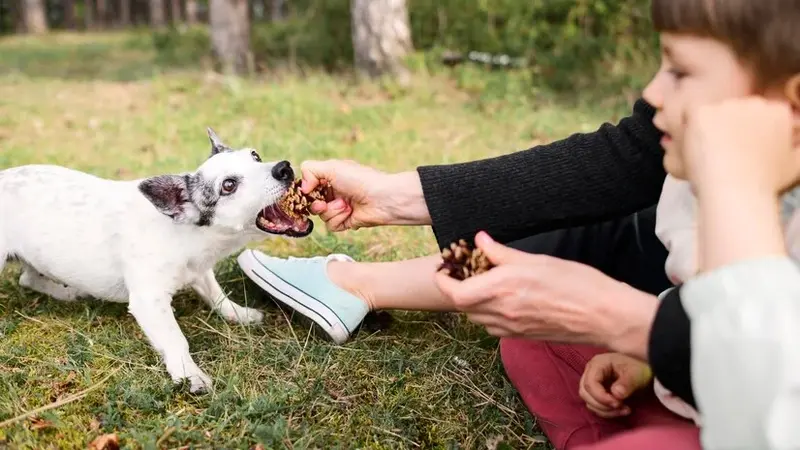Welcoming a dog into your life comes with joy, love, and, inevitably, a few challenges. One of the most crucial aspects of ensuring a harmonious relationship with your canine companion is establishing a solid foundation of discipline. But fear not, mastering the art of dog discipline is not about asserting dominance or punishment; it’s about communication, consistency, and care. In this article, we will explore dog trainers such as those in Salt Lake City.
Understanding the Basics of Dog Discipline
At its core, discipline in dog training is about guiding your dog to understand the difference between acceptable and unacceptable behaviors. It’s crucial to distinguish discipline from punishment. Discipline is proactive and focuses on teaching and guidance, whereas punishment is reactive and often stems from frustration or anger.
Positive vs. Negative Reinforcement Techniques
Positive Reinforcement Methods
This approach rewards desired behaviors, which encourages the dog to repeat them. Rewards can be treats, praise, playtime, or anything your dog loves. Positive reinforcement strengthens the bond between you and your dog, making training a joyful experience for both.
Drawbacks of Negative Reinforcement and Punishment
Negative reinforcement involves removing an unpleasant stimulus when the desired behavior occurs. Punishment, on the other hand, introduces an unpleasant stimulus to reduce unwanted behavior. Both can lead to fear, anxiety, and aggression, damaging the trust between you and your dog. These methods may also result in your dog avoiding you or becoming aggressive towards you.
The Importance of Consistency
Consistency is the key to successful dog discipline. Dogs thrive on routine and clear expectations, so it’s vital to establish rules and boundaries and stick to them. Inconsistent rules can confuse your dog and lead to unwanted behaviors.
Effective Techniques for Dog Discipline
1. Establish Yourself as the Leader
Dogs are pack animals, and they look to their leader for guidance. By consistently asserting yourself as the leader through positive reinforcement techniques, your dog will trust and respect you.
2. Use Positive Reinforcement
As mentioned earlier, positive reinforcement is an effective way to encourage desirable behaviors in your dog. Be sure to reward your dog immediately after the desired behavior occurs, so they know what they did right.
3. Redirect Unwanted Behaviors
Instead of punishing unwanted behaviors, redirect your dog’s attention to something more appropriate. For example, if your dog is chewing on furniture, give them a chew toy instead and praise them for using it.
4. Be Patient and Understanding
Just like humans, dogs require time and patience to learn new behaviors. Be patient with your dog and understand that it takes time for them to grasp what you’re trying to teach.
Mistakes to Avoid
Avoid physical punishment, yelling, or any form of aggression towards your dog. These actions can lead to fear, anxiety, and even aggression in dogs. Punishment also does not address the root cause of the behavior and may only temporarily suppress it.
Advanced Techniques for Challenging Behaviors
Addressing complex issues often requires a nuanced approach. For instance, redirecting a dog’s attention from a negative behavior to a positive one can be effective. However, severe behavioral problems may necessitate professional help from dog trainers such as those in Salt Lake City, emphasizing that there’s no shame in seeking assistance from a certified professional.
The Role of Exercise and Mental Stimulation
A well-exercised dog is typically a well-behaved dog. Physical activities, alongside mental stimulation like puzzle toys or training games, play a pivotal role in a dog’s overall behavior. These activities expend energy and provide an outlet for their instincts, reducing the likelihood of destructive behaviors. Visit Here for more details.
Conclusion
Discipline is an integral part of a dog’s life, ensuring their safety and the happiness of everyone around them. Remember, mastering dog discipline is a journey filled with ups and downs. Patience, consistency, and empathy towards your furry friend will pave the way for a rewarding and lasting companionship.
